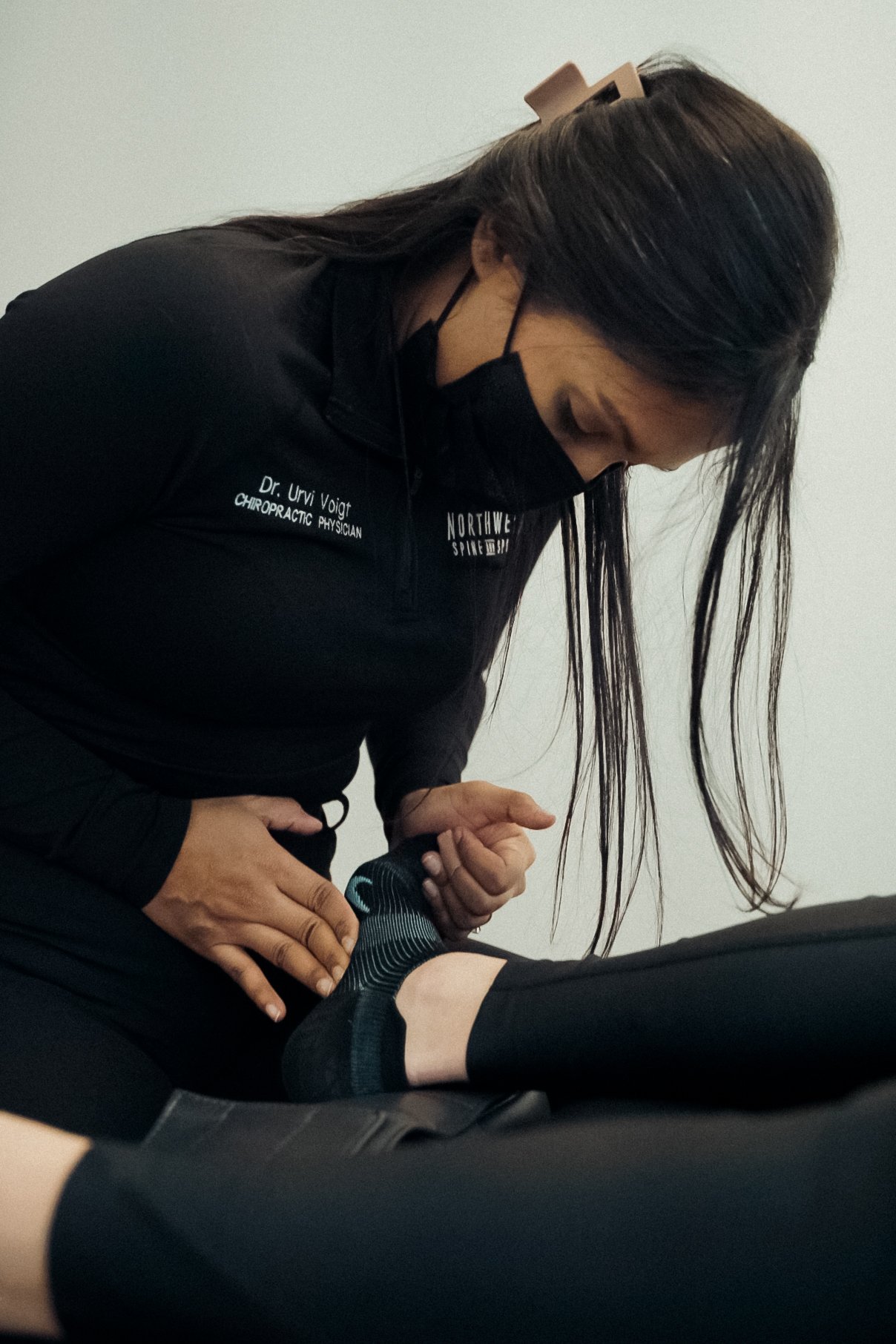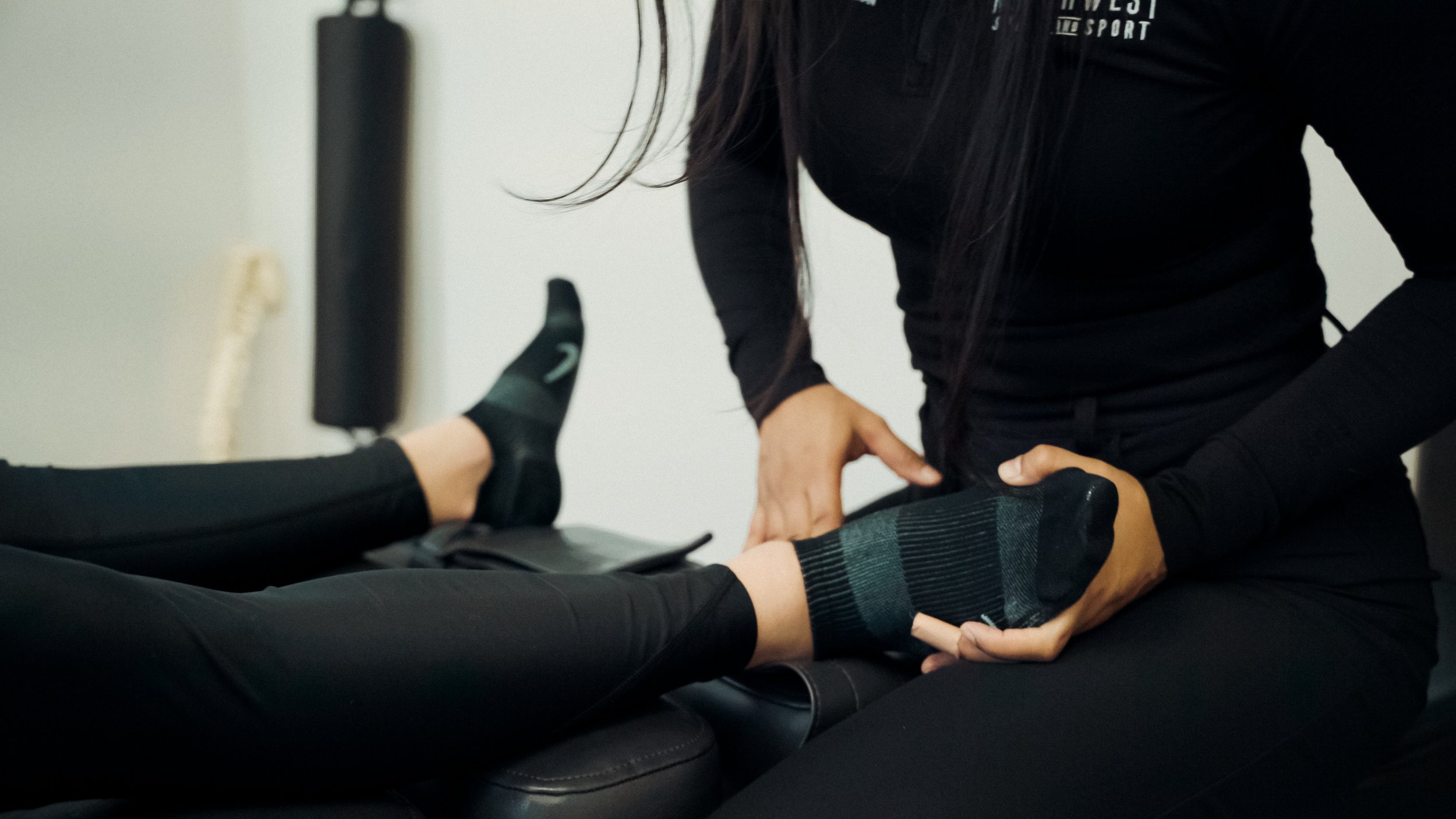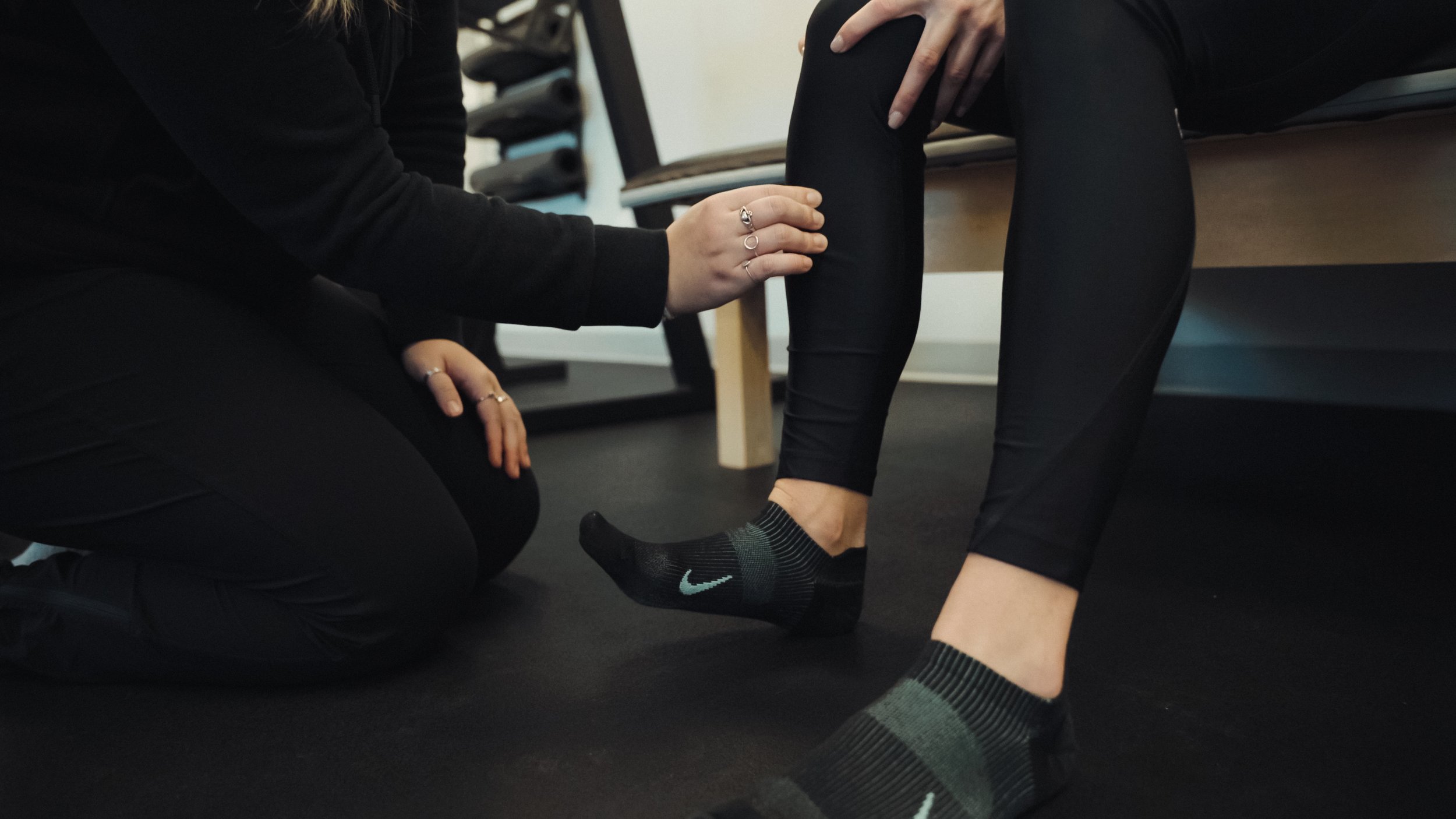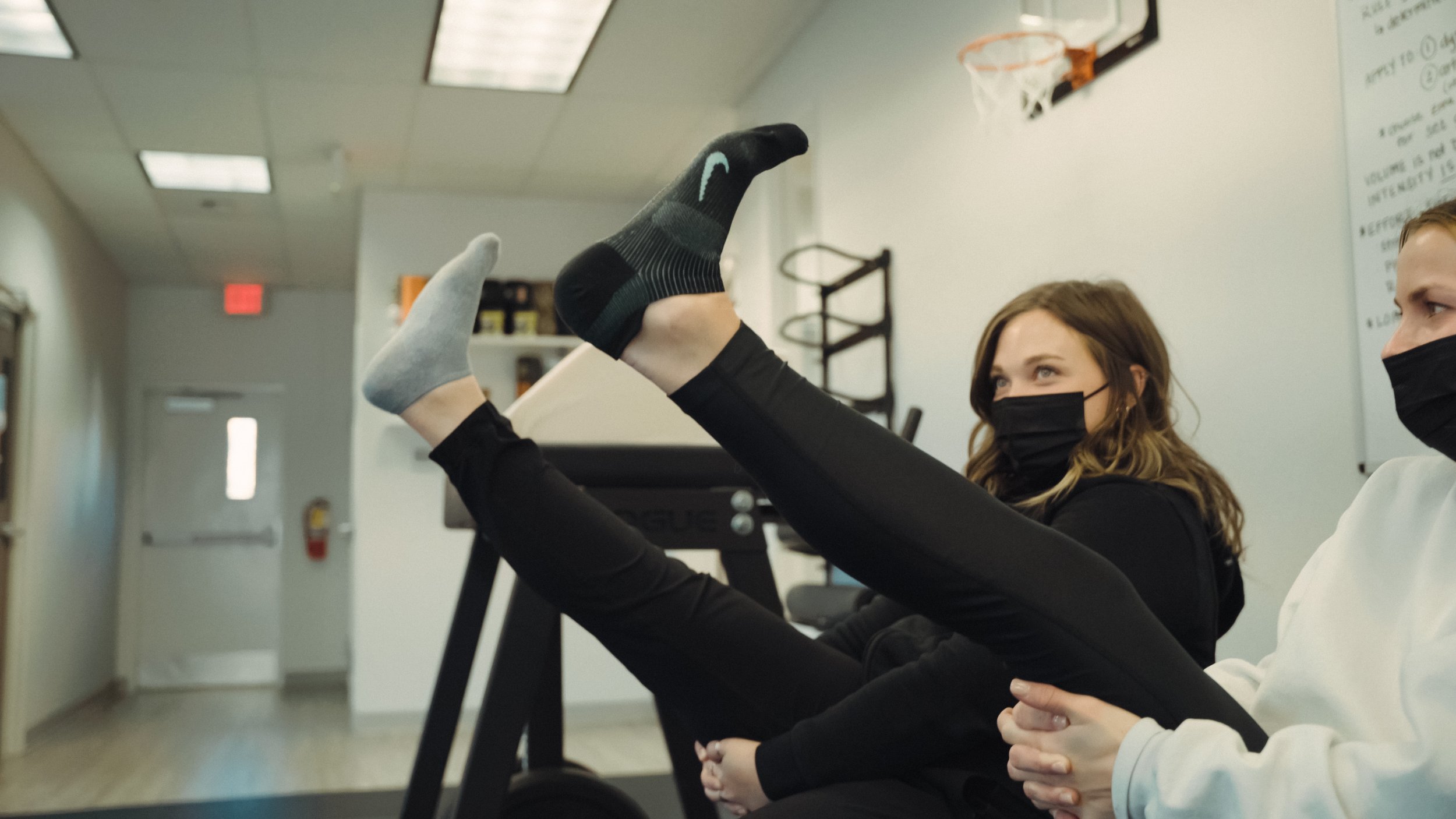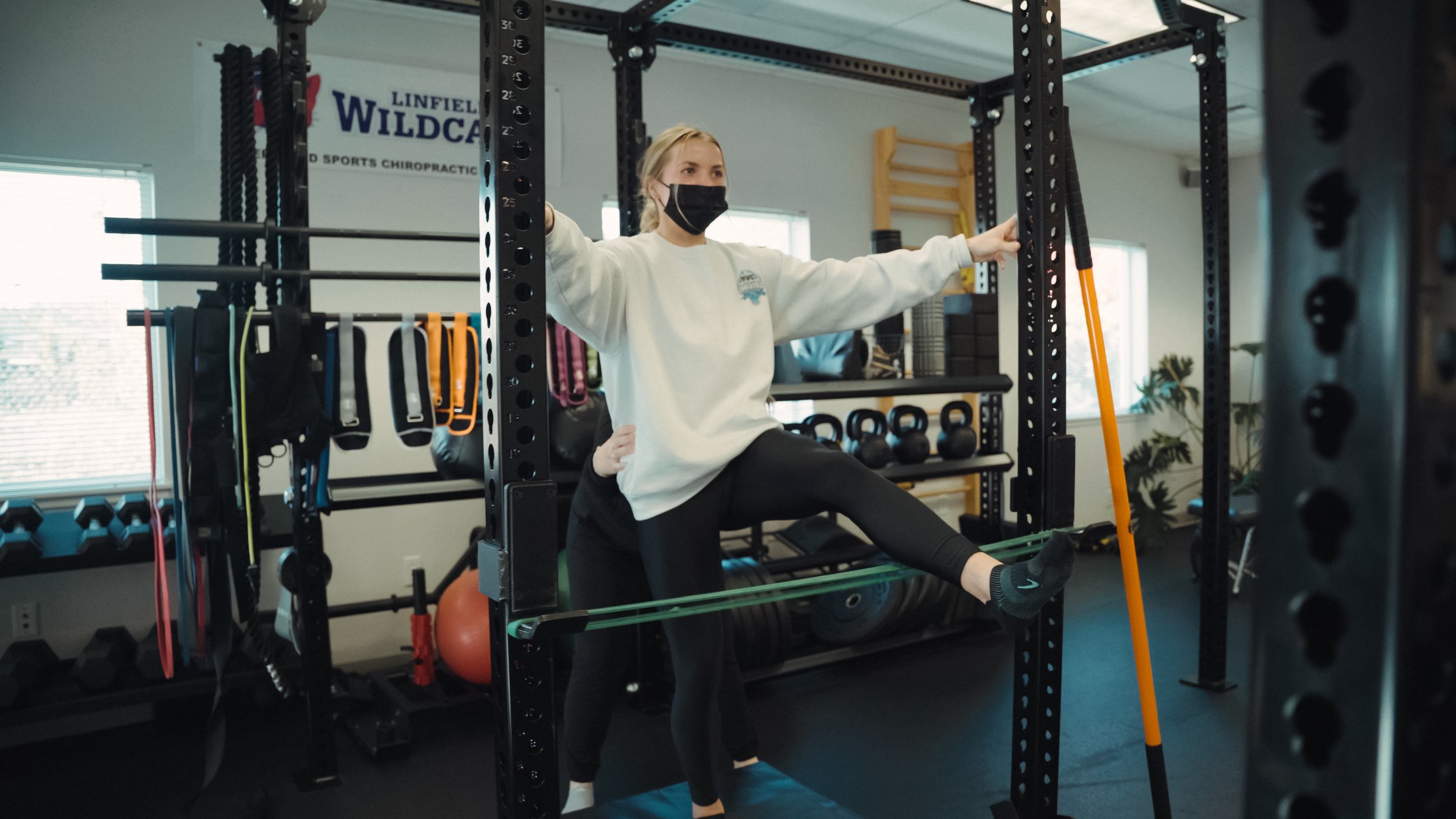Why the internal strength model is so important
Why is the Internal Strength Model so groundbreaking?
Essentially, the Internal Strength Model (ISM) connects the dots for the Functional Range System (FRS), allowing us to be more precise with treatment than ever before.
It brings the system together in a profound way by optimizing our ability to treat and train our patients with specific inputs to get the exact outcomes we desire. This model enables providers to provide direct tissue signaling to enhance each individual component of the system, so that movement creation, discharge of force, robustness of tissue, speed of contraction and the endurance of tissue can be fully optimized.
This means that every component of your body’s musculoskeletal system is being utilized fully and operating the way it’s designed to.
There are seven inputs the Internal Strength Model utilizes by means of constraining tissues and isolating the desired tissue to make positive adaptations to the target tissue. For example, if we want to optimize the connective tissue, we can constrain the muscular tissue by loading the tissue (into or at length) at different speeds to promote connective tissue robustness, or resiliency.
The days of throwing random exercise sequences at people, hoping it will achieve the desired result, are gone. We can now logically program, in sequence, specific inputs to the tissues of the body to create the outcomes we desire for the optimization of the system, ultimately improving the overall performance enhancement of the individual we’re treating.
This model of training the body’s musculoskeletal system internally is birthed out of the current survey of literature pertaining to strength training and connective tissue properties. The body “sees” itself (primarily, what it's capable of doing) from the inside out, so it makes sense to train it this way.
This way, your dynamic system can produce the movements you desire with the capacity it requires to execute them.
If you’d like to learn more about the Internal Strength Model and how we can help you achieve your mobility goals, we’d love to support you! Contact us here for more information.


